Stories
-
![90 دقيقة]()
90 دقيقة
RT STORIES
صلاح يتجنب تصعيد الأزمة مع ليفربول بتعليق ساخر (فيديو)
![صلاح يتجنب تصعيد الأزمة مع ليفربول بتعليق ساخر (فيديو)]() #اسأل_أكثر #Question_More
#اسأل_أكثر #Question_MoreRT STORIES
كم مباراة سيغيب محمد صلاح عن ليفربول خلال أمم إفريقيا؟
![كم مباراة سيغيب محمد صلاح عن ليفربول خلال أمم إفريقيا؟]() #اسأل_أكثر #Question_More
#اسأل_أكثر #Question_MoreRT STORIES
بسبب سرقة بقيمة مليون جنيه إسترليني.. لاعب يلجأ إلى "غاز الضحك" (صورة)
![بسبب سرقة بقيمة مليون جنيه إسترليني.. لاعب يلجأ إلى "غاز الضحك" (صورة)]() #اسأل_أكثر #Question_More
#اسأل_أكثر #Question_MoreRT STORIES
"بهتافات ألونسو".. جماهير برشلونة تسخر من ريال مدريد في "كامب نو" (فيديو)
!["بهتافات ألونسو".. جماهير برشلونة تسخر من ريال مدريد في "كامب نو" (فيديو)]() #اسأل_أكثر #Question_More
#اسأل_أكثر #Question_MoreRT STORIES
"هل سمعت أغنية محمد صلاح".. موقف محرج بين ريو فرديناند وجيمي كاراغر بسبب صلاح (فيديو)
!["هل سمعت أغنية محمد صلاح".. موقف محرج بين ريو فرديناند وجيمي كاراغر بسبب صلاح (فيديو)]() #اسأل_أكثر #Question_More
#اسأل_أكثر #Question_MoreRT STORIES
الأهلي المصري يحسم أولى صفقات الميركاتو الشتوي
![الأهلي المصري يحسم أولى صفقات الميركاتو الشتوي]() #اسأل_أكثر #Question_More
#اسأل_أكثر #Question_MoreRT STORIES
بالخسارة وبعد 23 عاما.. جون سينا يعتزل المصارعة رسميا (فيديو)
![بالخسارة وبعد 23 عاما.. جون سينا يعتزل المصارعة رسميا (فيديو)]() #اسأل_أكثر #Question_More
#اسأل_أكثر #Question_MoreRT STORIES
جدل جديد في مستقبل محمد صلاح.. الكشف عن سبب سفر "مو" إلى السعودية (فيديو)
![جدل جديد في مستقبل محمد صلاح.. الكشف عن سبب سفر "مو" إلى السعودية (فيديو)]() #اسأل_أكثر #Question_More
#اسأل_أكثر #Question_MoreRT STORIES
المغرب.. إيقاف 14 شخصا في أحداث شغب رياضي باستخدام الأسلحة (صورة)
![المغرب.. إيقاف 14 شخصا في أحداث شغب رياضي باستخدام الأسلحة (صورة)]() #اسأل_أكثر #Question_More
#اسأل_أكثر #Question_More![90 دقيقة]() 90 دقيقة
90 دقيقة
-
![خطة أمريكية للتسوية في أوكرانيا]()
خطة أمريكية للتسوية في أوكرانيا
RT STORIES
أوشاكوف: لا نتوقع خيرا من مقترحات أوروبا وأوكرانيا وسنعترض بشدة على محاولات تمريرها
![أوشاكوف: لا نتوقع خيرا من مقترحات أوروبا وأوكرانيا وسنعترض بشدة على محاولات تمريرها]() #اسأل_أكثر #Question_More
#اسأل_أكثر #Question_MoreRT STORIES
زاخاروفا ترد على التوصيات الأوروبية بتجنب الدبلوماسيين الروس
![زاخاروفا ترد على التوصيات الأوروبية بتجنب الدبلوماسيين الروس]() #اسأل_أكثر #Question_More
#اسأل_أكثر #Question_MoreRT STORIES
ترامب حول "منطقة اقتصادية حرة" في دونباس: الكثيرون يريدون لها أن تنجح
![ترامب حول "منطقة اقتصادية حرة" في دونباس: الكثيرون يريدون لها أن تنجح]() #اسأل_أكثر #Question_More
#اسأل_أكثر #Question_More![خطة أمريكية للتسوية في أوكرانيا]() خطة أمريكية للتسوية في أوكرانيا
خطة أمريكية للتسوية في أوكرانيا
-
![كأس العرب 2025 في قطر]()
كأس العرب 2025 في قطر
RT STORIES
مدرب منتخب السعودية قبل مواجهة الأردن: جمال السلامي يجب أن يتوقف الآن
![مدرب منتخب السعودية قبل مواجهة الأردن: جمال السلامي يجب أن يتوقف الآن]() #اسأل_أكثر #Question_More
#اسأل_أكثر #Question_MoreRT STORIES
منتخب الأردن يتلقى ضربة مؤثرة قبل مواجهة السعودية في نصف نهائي كأس العرب
![منتخب الأردن يتلقى ضربة مؤثرة قبل مواجهة السعودية في نصف نهائي كأس العرب]() #اسأل_أكثر #Question_More
#اسأل_أكثر #Question_MoreRT STORIES
المنتخبات المتأهلة رسميا إلى نصف نهائي كأس العرب 2025.. والموعد
![المنتخبات المتأهلة رسميا إلى نصف نهائي كأس العرب 2025.. والموعد]() #اسأل_أكثر #Question_More
#اسأل_أكثر #Question_More![كأس العرب 2025 في قطر]() كأس العرب 2025 في قطر
كأس العرب 2025 في قطر
-
فيديوهات
RT STORIES
مروحية "Mi-28NM" روسية تستهدف مواقع أوكرانية
#اسأل_أكثر #Question_MoreRT STORIES
دبي.. النشيد الوطني الروسي في حفل تكريم فسيفولود شومكوف خلال بطولة العالم للملاكمة
#اسأل_أكثر #Question_MoreRT STORIES
مشاهد لمعارك تحرير القوات الروسية لبلدة فارفاروفكا في مقاطعة زابوروجيه
#اسأل_أكثر #Question_MoreRT STORIES
الفلبين.. نجاة عدد من سائقي الدراجات النارية من انهيار أرضي
#اسأل_أكثر #Question_MoreRT STORIES
قطاع غزة.. عملية إنقاذ طفل وانتشال خمسة أشخاص بعد انهيار سقف المنزل
#اسأل_أكثر #Question_MoreRT STORIES
مشاهد لمنظومة الصواريخ والمدافع ذاتية الدفع المضادة للطائرات "بانتسير إس"
#اسأل_أكثر #Question_MoreRT STORIES
الصين.. إطلاق صاروخ "كوايتشو-11" بنجاح
#اسأل_أكثر #Question_MoreRT STORIES
انفصال بقعة شمسية كبيرة عن الشمس خلال الـ24 ساعة الماضية
#اسأل_أكثر #Question_MoreRT STORIES
محور كراسنوليمانسك.. تدمير نقطة انطلاق لطائرات مسيّرة معادية
#اسأل_أكثر #Question_Moreفيديوهات
-
![العملية العسكرية الروسية في أوكرانيا]()
العملية العسكرية الروسية في أوكرانيا
RT STORIES
الجيش الروسي يحرر بلدة أخرى في زابوروجيه
![الجيش الروسي يحرر بلدة أخرى في زابوروجيه]() #اسأل_أكثر #Question_More
#اسأل_أكثر #Question_MoreRT STORIES
الدفاع الروسية: إسقاط 235 مسيرة أوكرانية منذ مساء السبت
![الدفاع الروسية: إسقاط 235 مسيرة أوكرانية منذ مساء السبت]() #اسأل_أكثر #Question_More
#اسأل_أكثر #Question_MoreRT STORIES
صحفي بريطاني يتوقع تحرير الجيش الروسي لأوديسا قريبا
![صحفي بريطاني يتوقع تحرير الجيش الروسي لأوديسا قريبا]() #اسأل_أكثر #Question_More
#اسأل_أكثر #Question_MoreRT STORIES
برلماني روسي يصف خطط جهاز الأمن الأوكراني لاستخدام "قنبلة قذرة" بجريمة حرب
![برلماني روسي يصف خطط جهاز الأمن الأوكراني لاستخدام "قنبلة قذرة" بجريمة حرب]() #اسأل_أكثر #Question_More
#اسأل_أكثر #Question_MoreRT STORIES
رئيس الوزراء التشيكي الجديد: لن نقدم ضمانات لتمويل أوكرانيا
![رئيس الوزراء التشيكي الجديد: لن نقدم ضمانات لتمويل أوكرانيا]() #اسأل_أكثر #Question_More
#اسأل_أكثر #Question_MoreRT STORIES
"بي بي سي": أوكرانيا قررت حل "الفيالق الدولية"
!["بي بي سي": أوكرانيا قررت حل "الفيالق الدولية"]() #اسأل_أكثر #Question_More
#اسأل_أكثر #Question_MoreRT STORIES
الجيش الروسي يستهدف مواقع للصناعة العسكرية والطاقة في أوكرانيا بصواريخ "كينجال"
![الجيش الروسي يستهدف مواقع للصناعة العسكرية والطاقة في أوكرانيا بصواريخ "كينجال"]() #اسأل_أكثر #Question_More
#اسأل_أكثر #Question_MoreRT STORIES
كيم يشيد بجنوده العائدين من كورسك الروسية بعد إزالة الألغام ويكشف عن خسائر في صفوفهم
![كيم يشيد بجنوده العائدين من كورسك الروسية بعد إزالة الألغام ويكشف عن خسائر في صفوفهم]() #اسأل_أكثر #Question_More
#اسأل_أكثر #Question_MoreRT STORIES
قتيلان بهجوم مسيرة أوكرانية على ساراتوف الروسية
![قتيلان بهجوم مسيرة أوكرانية على ساراتوف الروسية]() #اسأل_أكثر #Question_More
#اسأل_أكثر #Question_More![العملية العسكرية الروسية في أوكرانيا]() العملية العسكرية الروسية في أوكرانيا
العملية العسكرية الروسية في أوكرانيا
-
![خطة ترامب لإنهاء الحرب في غزة]()
خطة ترامب لإنهاء الحرب في غزة
RT STORIES
اغتيال ضابط أمني بمخيم المغازي وسط غزة.. وإسرائيل تنفي علاقتها
![اغتيال ضابط أمني بمخيم المغازي وسط غزة.. وإسرائيل تنفي علاقتها]() #اسأل_أكثر #Question_More
#اسأل_أكثر #Question_MoreRT STORIES
"مهندس خطة "جدار أريحا".. إسرائيل تعلن اغتيال قيادي عسكري بارز في حماس بغزة
!["مهندس خطة "جدار أريحا".. إسرائيل تعلن اغتيال قيادي عسكري بارز في حماس بغزة]() #اسأل_أكثر #Question_More
#اسأل_أكثر #Question_More![خطة ترامب لإنهاء الحرب في غزة]() خطة ترامب لإنهاء الحرب في غزة
خطة ترامب لإنهاء الحرب في غزة
-
أستراليا.. إطلاق نار خلال احتفال يهودي في سيدني
RT STORIES
أستراليا.. إطلاق نار خلال احتفال يهودي في سيدني
#اسأل_أكثر #Question_More -
سيدني.. أحد المارة يتمكن من تحييد مسلح على شاطئ بوندي
RT STORIES
سيدني.. أحد المارة يتمكن من تحييد مسلح على شاطئ بوندي
#اسأل_أكثر #Question_More
لقطات نادرة لـ "ابتلاع القمر" لكوكب زحل
يشهد العام 2019، منذ بدايته، أحداثا فلكية مثيرة، من بينها مرور القمر أمام كوكب زحل، ثاني أكبر كوكب في نظامنا الشمسي.
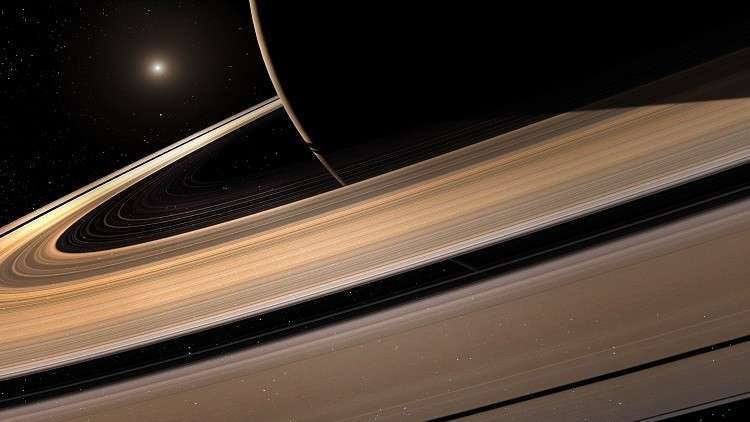
وحصل المصور الفلكي، كوري شميتز، الذي يتخذ من جنوب إفريقيا مقرا له، على واحدة من أفضل اللقطات خلال "ابتلاع" القمر لكوكب زحل، في 31 مارس الماضي.
View this post on InstagramA post shared by Cory Schmitz (@theastroshake) on
View this post on InstagramA post shared by Cory Schmitz (@theastroshake) on
ولم يكن ذلك أمرا سهلا، حيث بدأ عمله قبل شروق الشمس عندما مر القمر المضاء بنسبة 40% أمام الكوكب الحلقي، وانتهى هذا الحدث بعد شروق الشمس، عندما تحولت السماء إلى اللون الأزرق منخفض التباين.
ويقول شميتز عبر حسابه الشخصي على إنستغرام: "يا له من مشهد، أنا أحب الأحداث الفلكية: فهي تضخ الدم في عروقي".
View this post on InstagramA post shared by Cory Schmitz (@theastroshake) on
View this post on InstagramA post shared by Cory Schmitz (@theastroshake) on
واستخدم شميتز كاميرا "ASI290mm" أحادية اللون، مزودة بعجلة تصفية آلية مثبتة على تلسكوب "Ritchey-Chrétien" بمقاس 12 بوصة، اعتمادا على تقنية "Fire Capture"، لتصوير الفيديو الخاص بزحل وهو يخرج من وراء القمر في النهار، على الرغم من صعوبة التصوير في الوقت الباكر من الصباح.
ويظهر زحل على بعد 1.5 مليار كلم، أصغر بنحو 47 مرة من القمر، واستغرق القمر ما يزيد قليلا عن دقيقة لتغطية زحل وحلقاته.
وبعد 2019، لن "يبتلع" القمر زحل مرة أخرى، حتى السادس من أبريل عام 2024، قبل يومين فقط من الكسوف الكلي المقبل للشمس الذي ستشهده أمريكا الشمالية.
المصدر: ساينس ألرت












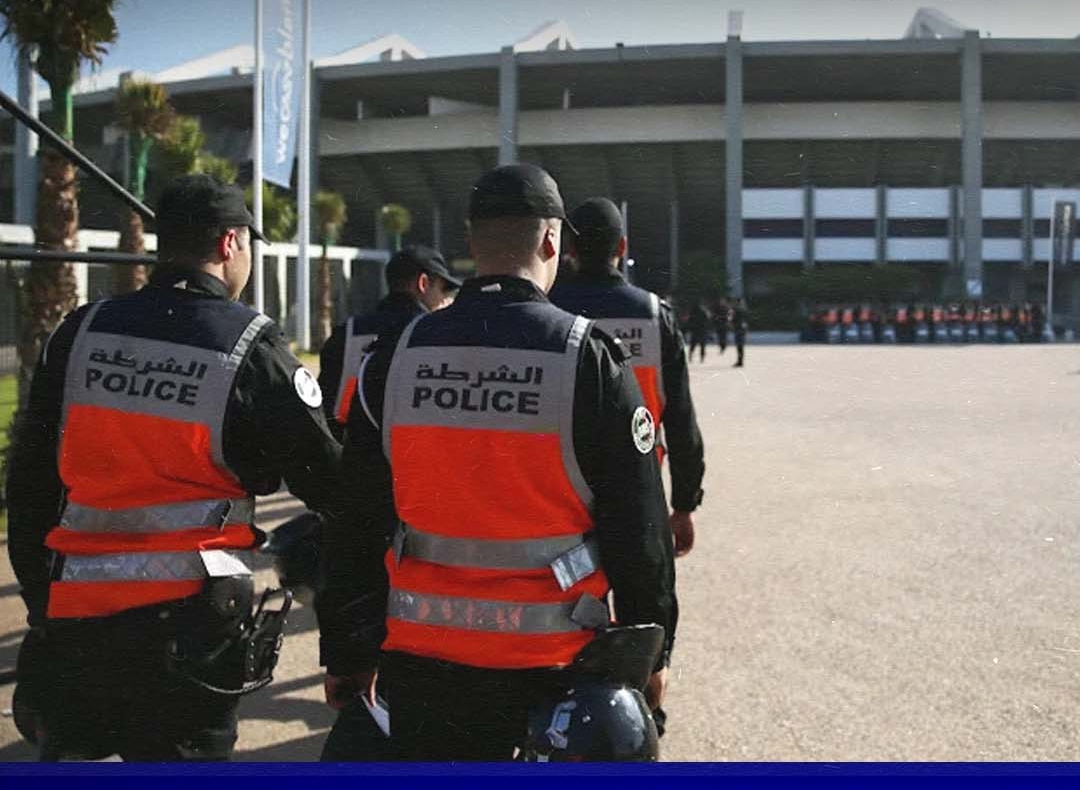







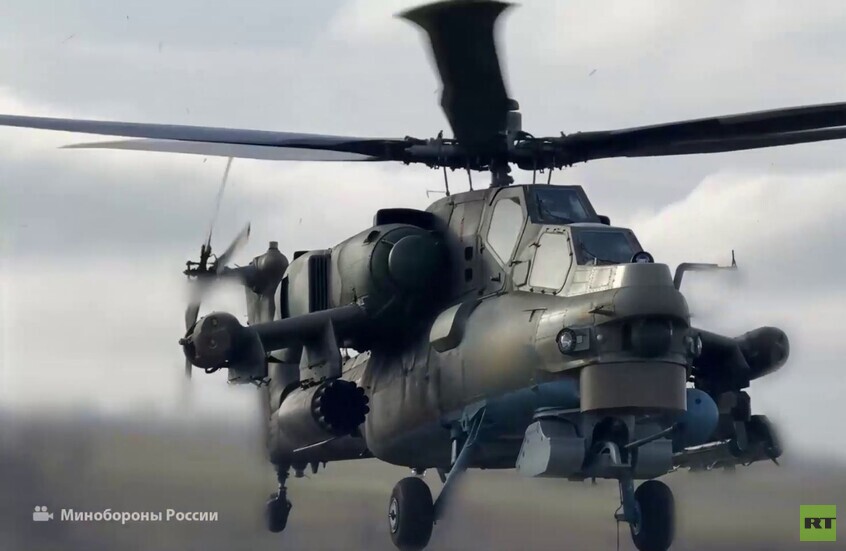










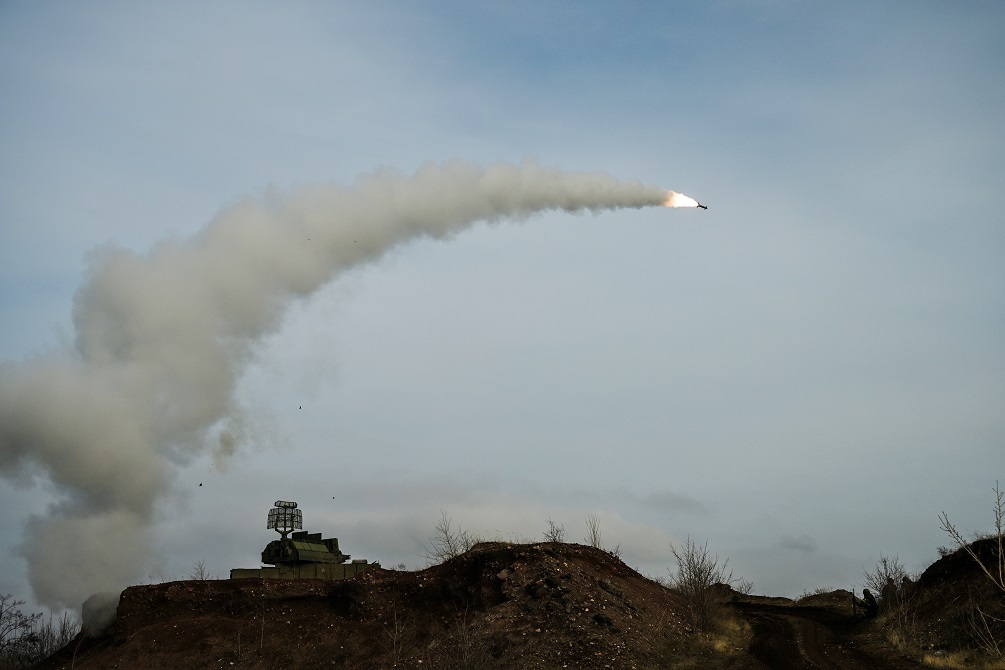

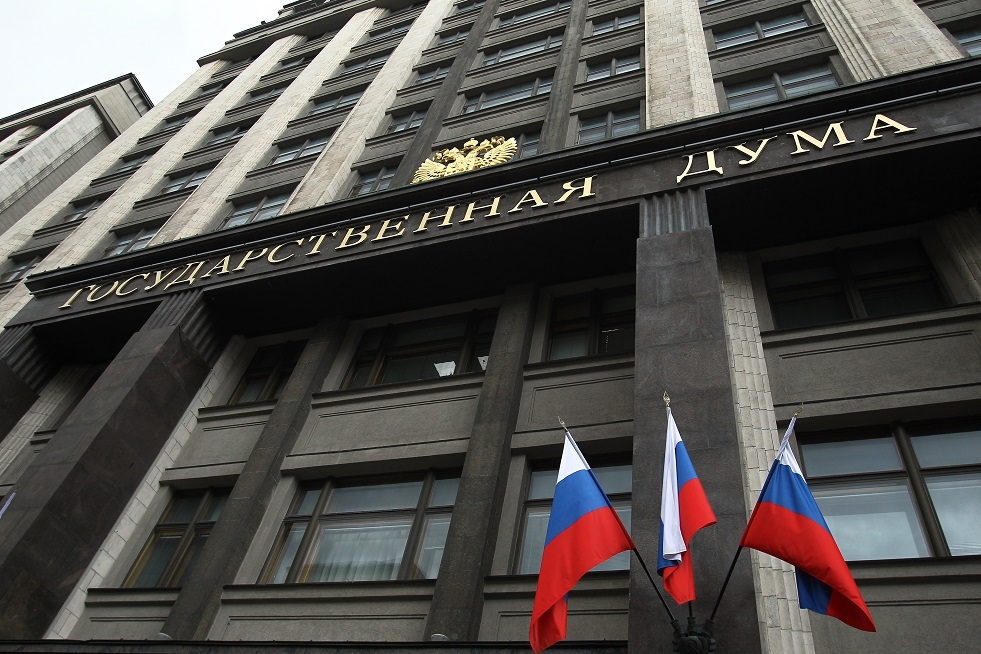









































































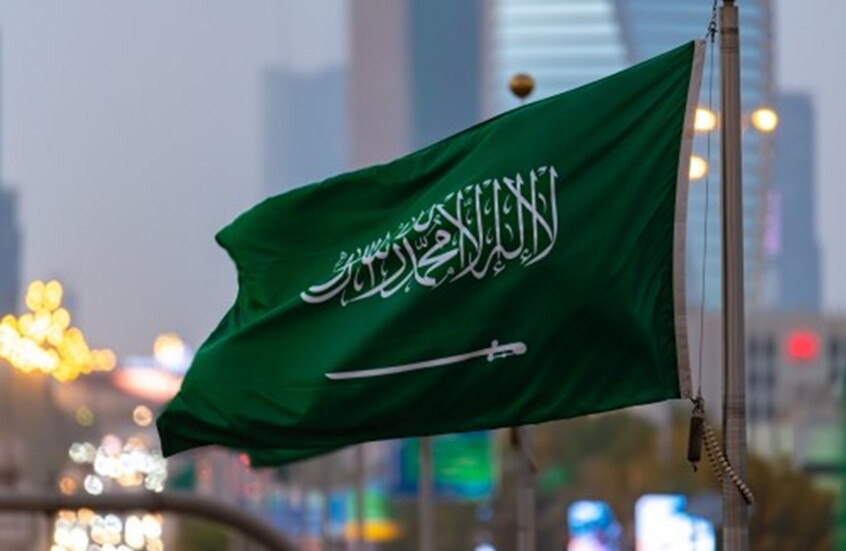





































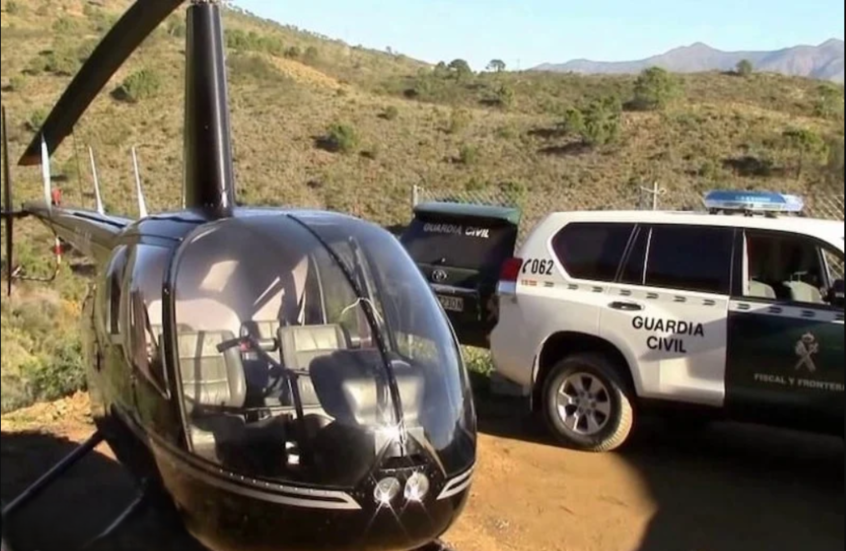
التعليقات